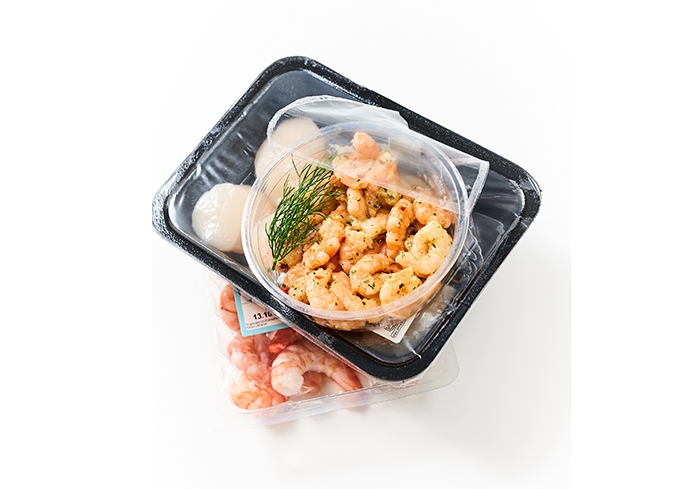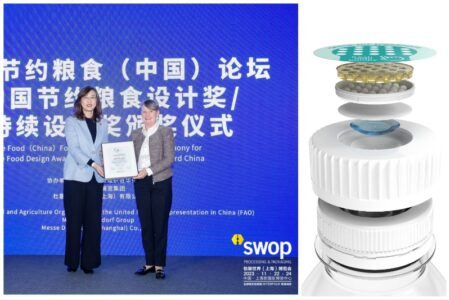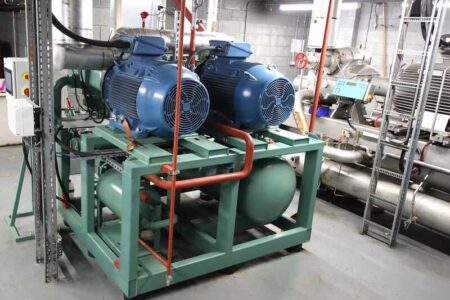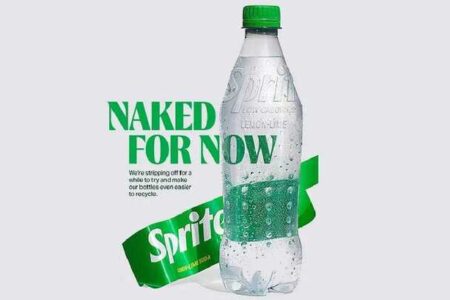Air Products launches online calculator to help manufacturers balance food & plastic waste

Air Products, a world leading industrial gas company operating extensively in the food sector, has launched an interactive, online tool that enables food manufacturers to assess which packaging provides the best solution to minimising food waste and reducing the carbon footprint of a product.
With growing numbers of manufacturers showing a renewed interest in carbon footprint labelling, and government pledging to remove net emissions of greenhouse gases by 2050, this new tool will help both start-ups and major brands to calculate the packaging solution with the smallest environmental impact simply by entering the food product type, the product weight and the packaging type.
The tool, which is driven by verified, independent data from a range of sustainability studies* as well as Air Product’s own research, produces a comparative graph displaying both the food waste and packing impact on carbon dioxide emissions. This includes consideration of three types of packaging – products packed in a modified atmosphere (MAP), items packed in protective packaging in air, and those presented in no packaging at all. The calculator then produces a snapshot of related sustainability benchmarks to highlight the overall environmental impact of each packaging solution.
- EXAMPLE 1: a meat product manufacturer producing 800g of chicken in a tray with a polypropylene (PP) lid would reduce their carbon footprint by 73%, the amount of food waste by 80% and increase the shelf life of the product by eight days if they chose to use to modified atmosphere packaging (MAP) technology instead of using no packaging.
- EXAMPLE 2: a food manufacturer producing 800g of field grown vegetables in a tray with a PP lid would increase their carbon footprint by 20% if MAP technology was used. While this solution would still lead to a lower percentage of food waste and longer shelf life, overall, selling over the counter would have the smallest environmental impact.
Dr Sonia Guri, Food Technology lead at Air Products, said: “There is a huge drive in society today to reduce our plastic waste as we move towards a more sustainable future. But when reviewing carbon footprint, manufacturers must be careful to consider the full picture, and that includes the carbon impact of food waste. In some instances, we run the risk of causing even greater damage to the environment if we ban plastics in fresh food packaging without carefully researching the effect of its replacements.
“The global impact of food waste on the environment is significant. MAP plays a key role in keeping food fresher for longer, but as things stand MAP is currently most effective when used with plastics. It’s important to bear this in mind as we strive to find more sustainable and environmentally friendly solutions such as MAP in compostable and recyclable plastics.
“We hope this new tool will allow food manufacturers to make the most sustainable choice when it comes to packaging their food products and to be transparent in that choice.”
For more information, visit: www.airproducts.expert/food/MAP-waste-calculator.
*The comparison calculator is intended only for the purpose of illustrating potential benefits of different packaging technologies when it comes to carbon footprint. Results are based on data gathered from different sustainability studies such as GLEAM; Clune et al, 2016; Goldstein et al, 2017; Kim et al., 2013; Zufia and Arana, 2008; as well as Air Products’ inhouse expertise and its numerous MAP studies.



